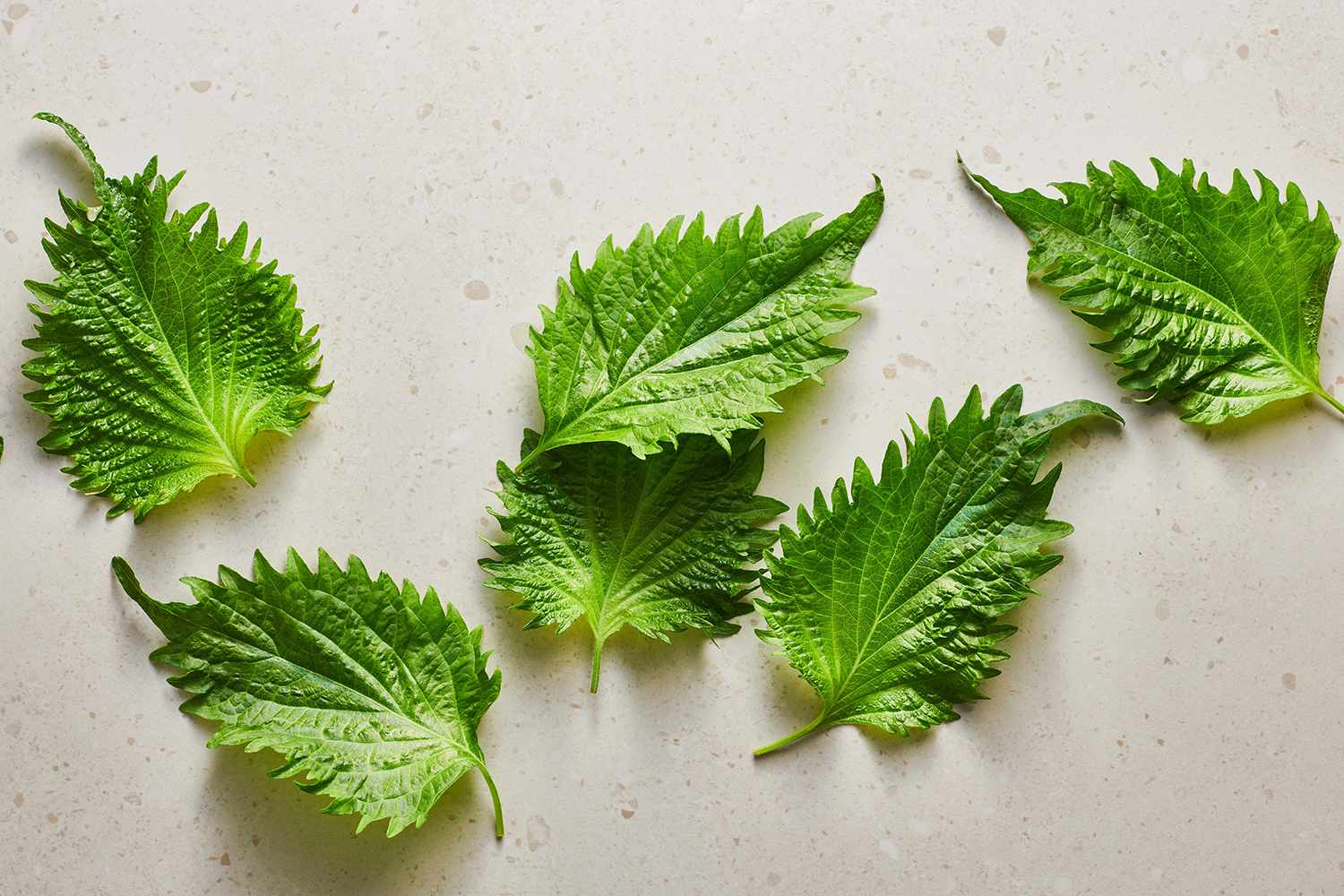
Shiso is a unique herb that has been a staple in Asian cuisine for centuries. But what exactly makes this leafy green so special? Shiso, also known as perilla, boasts a distinct flavor profile that can transform any dish. Its leaves come in green and red varieties, each offering a slightly different taste. Beyond its culinary uses, shiso has been praised for its medicinal properties, including anti-inflammatory and antioxidant benefits. Whether you're a seasoned chef or a curious foodie, understanding the versatility and history of shiso can elevate your cooking game. Ready to learn more? Let's dive into 20 fascinating facts about this extraordinary herb!
Key Takeaways:
- Shiso, also known as perilla, is a versatile herb with unique flavors and numerous health benefits. It can be used in various culinary dishes and has been used in traditional medicine for centuries.
- Growing shiso at home is easy and low-maintenance. With plenty of sunlight and regular watering, you can enjoy a continuous supply of fresh herbs for cooking and health purposes.
What is Shiso?
Shiso, also known as perilla, is a herb commonly used in Asian cuisine. Its unique flavor and numerous health benefits make it a popular choice among chefs and health enthusiasts alike. Here are some fascinating facts about this versatile plant.
-
Shiso belongs to the mint family, Lamiaceae, which includes other aromatic herbs like basil, mint, and rosemary.
-
There are two main varieties of shiso: green (aojiso) and red (akajiso). Each has distinct flavors and uses in cooking.
-
Green shiso has a fresh, slightly spicy taste, often compared to a combination of mint, basil, and cilantro.
-
Red shiso has a more astringent flavor and is commonly used to color and flavor pickled plums (umeboshi) in Japan.
Culinary Uses of Shiso
Shiso's unique taste and aroma make it a favorite ingredient in many dishes. Let's explore some of its culinary applications.
-
In Japanese cuisine, shiso leaves are often used as a garnish for sashimi and sushi, adding a burst of flavor and color.
-
Shiso is a key ingredient in making shiso maki, a type of sushi roll that features shiso leaves wrapped around rice and fish.
-
The leaves can be deep-fried to make tempura, providing a crispy texture and a hint of herbal flavor.
-
Shiso seeds can be ground into a spice called "shiso furikake," which is sprinkled over rice and other dishes for added flavor.
Health Benefits of Shiso
Beyond its culinary uses, shiso offers numerous health benefits. Here are some reasons why this herb is considered a superfood.
-
Shiso is rich in vitamins A, C, and K, which are essential for maintaining healthy skin, immune function, and blood clotting.
-
The herb contains high levels of antioxidants, which help protect cells from damage caused by free radicals.
-
Shiso has anti-inflammatory properties, making it beneficial for reducing inflammation and pain in conditions like arthritis.
-
The essential oils in shiso have been shown to have antimicrobial effects, helping to fight off harmful bacteria and viruses.
Shiso in Traditional Medicine
Shiso has been used in traditional medicine for centuries. Let's delve into some of its historical uses.
-
In traditional Chinese medicine, shiso is used to treat respiratory conditions like asthma and bronchitis.
-
The herb is believed to have calming effects and is used to alleviate anxiety and stress.
-
Shiso tea is a popular remedy for digestive issues, such as bloating and indigestion.
-
The leaves are sometimes applied topically to treat skin conditions like eczema and insect bites.
Growing Shiso at Home
Interested in growing your own shiso? It's easier than you might think. Here are some tips to get started.
-
Shiso can be grown from seeds or cuttings. It thrives in well-drained soil and requires plenty of sunlight.
-
The plant is relatively low-maintenance, needing only regular watering and occasional fertilization.
-
Shiso can be grown in pots or directly in the ground, making it suitable for both indoor and outdoor gardening.
-
Harvesting shiso leaves regularly encourages the plant to produce more foliage, ensuring a continuous supply of fresh herbs.
Shiso: More Than Just a Leaf
Shiso isn't just a pretty garnish. It's packed with nutrients and flavor. This versatile herb can be used in salads, sushi, and even cocktails. Its antioxidant properties make it a healthy addition to any meal. Shiso also has a rich history in Asian cuisine, especially in Japan and Korea. Whether you're a seasoned chef or a home cook, adding shiso to your dishes can elevate your cooking game. Plus, it’s easy to grow in your garden or even in a pot on your windowsill. Next time you see shiso at the market, grab some and experiment. You might just find your new favorite herb. So, get creative and enjoy the unique taste and benefits of shiso.
Frequently Asked Questions
Was this page helpful?
Our commitment to delivering trustworthy and engaging content is at the heart of what we do. Each fact on our site is contributed by real users like you, bringing a wealth of diverse insights and information. To ensure the highest standards of accuracy and reliability, our dedicated editors meticulously review each submission. This process guarantees that the facts we share are not only fascinating but also credible. Trust in our commitment to quality and authenticity as you explore and learn with us.


